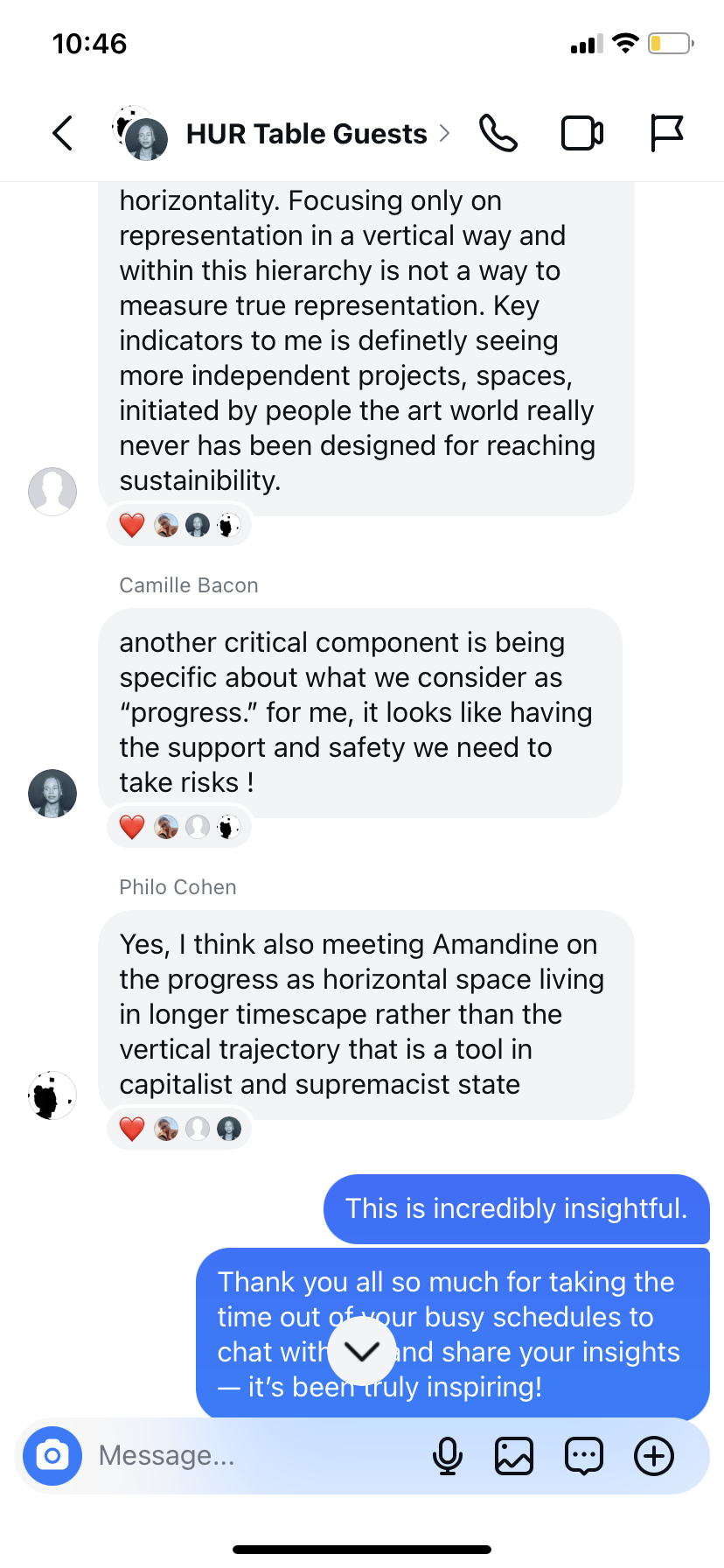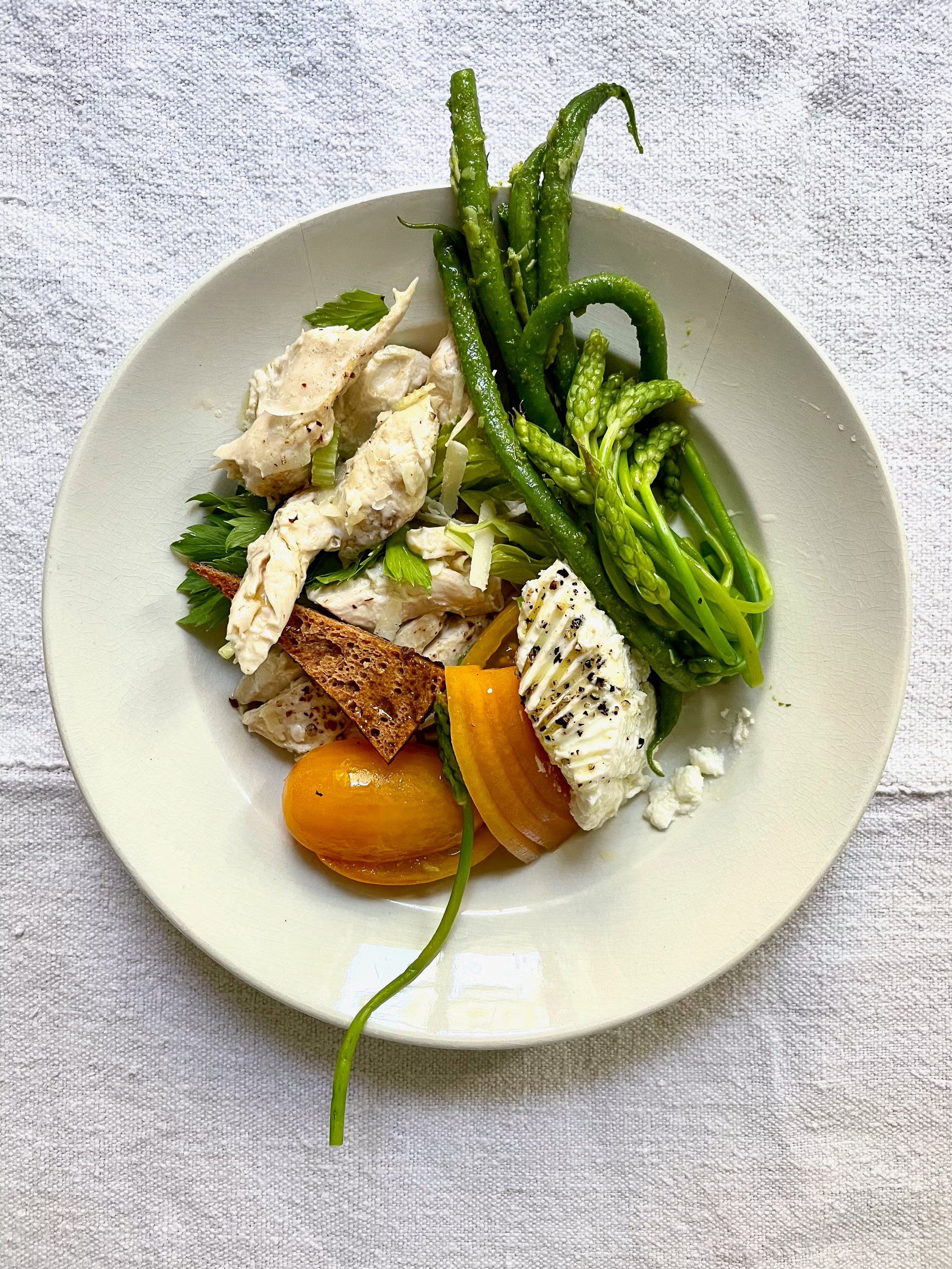Who Gets to Be Heard in the Arts?
Moi Tituba, qui pour nous protéger at Palais de Tokyo. Courtesy Palais de Tokyo.
Who Gets to Be Heard in the Arts?
with Camille Bacon, Philo Cohen and Amandine Nana
By Anna Prudhomme
The art world has long been dominated by a narrow, homogenous narrative. Charlotte Burns, an independent journalist, and Julia Halperin, a former Artnet News editor, launched a report to examine the representation of African American and female artists, revealing persistent inequalities and slow progress in combating racism and sexism in both U.S. museums and the global art market. The 2022 report shows that between 2008 and 2020, only 11% of artworks acquired by U.S. museums were by female-identifying artists, 2.2% by Black American artists, and just 0.5% by Black American women—far below their share of the U.S. population.
Building a more inclusive art world—one that addresses systemic barriers—requires actively confronting inequality and creating safe environments. To change this reality, deliberate action must be taken to broaden narratives, embrace diverse perspectives, and ensure everyone has a platform to share their stories. Inclusion isn’t passive,it requires dismantling long-lasting biases and building structures that reflect the world’s diversity.
Artistic representation isn’t just about showing diversity—it’s about reshaping narratives to reflect the full spectrum of human experience. True inclusion rejects tokenism—symbolic gestures of diversity that fail to drive meaningful change. To achieve change, we must rethink curatorial practices, funding structures, and leadership roles to embed inclusion at every level of decision-making. It also means creating space for artists to share their realities, challenge stereotypes, and inspire change.
When marginalized voices take center stage, the arts become a powerful vehicle for empathy, understanding, and transformation. It is vital to create an art world that reflects the richness and complexity of human experience. Only by fully embracing diversity can the arts evolve into a space where every voice matters.
We asked three leaders in the art world how they define visibility, identify systemic barriers, and measure progress.
CAMILLE BACON
Chicago-based writer and co-Editor-in-Chief of Jupiter Magazine, Camille Bacon is cultivating a "sweet Black writing life" inspired by poet Nikky Finney and the rich legacy of Black feminist thought. Her work shines a light on the wayward ingenuity of the Black creative spirit and explores how contemporary art can spark deeper collective reorientation towards relation, connection and intimacy and away from apathy and amnesia.
Image by Stephen Miller
PHILO COHEN
Philo Cohen is a publisher, researcher, and creative consultant based in New York. She graduated from Sarah Lawrence College in 2020 with a BA in Art History and Comparative Literature. She is the founder and director of Speciwomen, an independent arts non-profit dedicated to shifting representation in the arts by providing space, time, and resources to womxn artists. Through publications, exhibitions, loan initiatives, and artist projects, she fosters the development of impactful philanthropic action. Recently, she served as exhibition director for Miss.Tic: À la vie à l’amor, Art dans la ville, poétique de la révolte (1985–2022) at Palais des Papes. In collaboration with Dashwood Books, Cohen organized Justine Kurland: SCUMB Flowers and Pamela Sneed: Speaking Tongue in Fall 2024. Cohen has participated in public programming and conversations globally, including events at the Whitney Museum, Centre Georges Pompidou, Palais de Tokyo, and TEDx conferences. She is currently developing a boxset anthology of the artist archive This Long Century, slated for release in 2025 with Speciwomen.
Image by Lucia Bell-Epstein
AMANDINE NANA
Amandine Nana is a writer, poet, curator, editor and researcher. She has been a full time curator at Palais de Tokyo in Paris since 2023 where she curated in 2024 “Tituba, qui pour nous protéger ?” [Tituba, who protects us ] a transnational group show inspired by Maryse Condé worldbuilding. Trained between Paris, Dakar and New York as an art historian and urbanist with a background in Humanities (École Normale Supérieure Ulm, Sciences Po Paris, Sorbonne University ) she specialized in African & African Diaspora studies. In her multidisciplinary practice she is particularly interested in the role of storytelling, myths, archives, black geographies, and collaborative, spatial, participatory practices nurtured by critical pedagogies in the arts. She is also in Paris the founder of Transplantation, a non-profit socio-cultural organization, art and reading space and the Editor in Chief of Air Afrique magazine.
Image by William Daupin




















